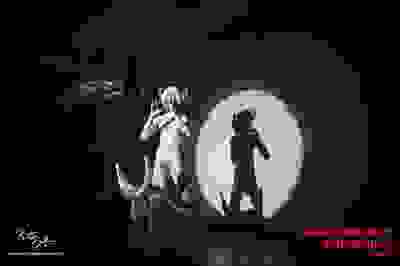
Divine Manifestation
Since ancient times, humans have used costume to evoke divine energy within themselves. Our bodies' most intimate contact is with our clothing, and our clothing is what tells the world who we are. By taking on a divine persona, we can channel that divine energy into our daily lives.
Channeling Divine Energy Through Costume
To wear something new is to become someone new.
In many ancient cultures, individual deities were identified with specific items that they wore or carried. In addition to helping distinguish which deity was depicted in a given work of art, these symbols also allowed priests and priestesses a way of physically manifesting the deity. By wearing a mask or costume that evoked the attributes of a given god, the priest could embody and act on behalf of that god.
The symbols of many ancient deities are still deeply ingrained in our collective consciousness.

QuetzalCoatl, the Feathered Serpent
This Mesoamerican deity embodies the union of opposites. Quetzal, the bird, represents the sky, while Coatl, the serpent, represents the earth. Video by David Raybould, July 2014. Photo by Travis Wood, June 2015.
Quetzalcoatl
The Feathered Serpent stretches
Between Earth and Sky
Penetrates each chakra
As I'm opened wide
Uniting polar opposites
In a symphony of lust
Come in me, Quetzalcoatl
Like the rain into the dust.
The Judgement of Anubis

Photograph by Rick Castro, Model Unknown
I began my explorations of Egyptian myth in 2014 with "Journey of the Son," which was loosely based on Ancient Egyptian myths of the afterlife.
Prior to the performance, I presented an excerpt at Akbar nightclub in Silverlake, CA.



Kali, The Destroyer

Photo by Eric Scot, June 2009
The Kali costume was first completed in October 2008. It embodies the Hindu goddess of destruction unleashing her wrath on our modern plastic culture, symbolized by the doll parts she wears as jewelry.